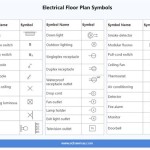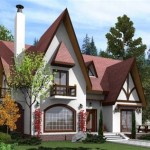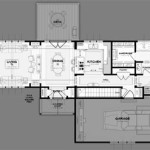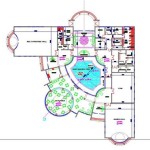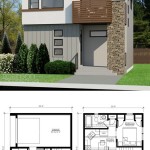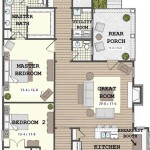Subdivision House Plans: A Comprehensive Guide to Essential Aspects
Subdivision house plans are meticulously designed blueprints that guide the construction of homes within a planned community. These plans adhere to specific regulations and guidelines set forth by the developer to ensure uniformity and aesthetic cohesion throughout the subdivision.
Understanding the essential aspects of subdivision house plans is crucial for potential homeowners navigating the process of building or purchasing a home in a planned community. Here's a comprehensive guide to help you make informed decisions:
Legal Considerations
Before purchasing a subdivision house plan, it's essential to thoroughly review the governing documents that establish the rules and restrictions for the subdivision. These documents typically include:
- Covenants, Conditions & Restrictions (CC&Rs): This document outlines the architectural guidelines, permissible exterior finishes, allowable landscaping, and other regulations that homeowners must adhere to.
- Declaration of Restrictions: This legal document defines the overall purpose and goals of the subdivision, including the intended architectural style, setbacks, and other design criteria.
Architectural Styles
Subdivision house plans often follow a specific architectural style or theme to maintain a cohesive aesthetic. Common architectural styles found in subdivisions include:
- Traditional: Characterized by symmetrical facades, gabled roofs, and ornate detailing.
- Contemporary: Emphasizes clean lines, open floor plans, and large windows.
- Mediterranean: Inspired by Spanish or Italian architecture, featuring stucco exteriors, arched windows, and tiled roofs.
- Craftsman: Known for exposed beams, built-in cabinetry, and natural materials.
House Size and Layout
Subdivision house plans typically offer a range of house sizes and layouts to accommodate diverse family needs. Common house types include:
- Single-family homes: Standalone houses with private yards and garages.
- Townhomes: Attached homes with shared walls and limited outdoor space.
- Condominiums: Units within a multi-unit building, typically with shared amenities.
House layouts may vary, but most plans include:
- Living areas: Open or separate spaces designed for relaxation and entertainment.
- Bedrooms: Private spaces for sleeping and personal activities.
- Bathrooms: Facilities with showers, toilets, and sinks.
- Kitchens: Spaces for food preparation and storage.
- Garages: Covered parking spaces for vehicles.
Design Elements
Subdivision house plans incorporate various design elements to enhance functionality and aesthetics. These elements include:
- Porches and patios: Outdoor spaces for relaxation and entertainment.
- Windows: Allow natural light and ventilation while framing views.
- Exterior finishes: Materials such as brick, stone, or siding that add character and protect the home.
- Roofing: Materials such as shingles, tiles, or metal that protect the home from the elements.
Energy Efficiency
Modern subdivision house plans prioritize energy efficiency to reduce operating costs and environmental impact. Energy-efficient features may include:
- Insulation: Materials that minimize heat loss and gain through walls, ceilings, and floors.
- Energy-efficient windows: Double- or triple-glazed windows that reduce heat transfer.
- Efficient appliances: Appliances that meet ENERGY STAR® standards, indicating reduced energy consumption.
- Solar panels: Systems that harness solar energy to generate electricity.
Customization Options
While subdivision house plans provide a framework for construction, some developers offer limited customization options. These options may include:
- Floor plan modifications: Adjusting the layout of rooms or adding spaces.
- Exterior finishes: Choosing from a range of exterior materials and colors.
- Interior upgrades: Selecting finishes for flooring, countertops, and cabinetry.
Conclusion
Understanding the essential aspects of subdivision house plans empowers potential homeowners to make informed decisions when building or purchasing a home in a planned community. By carefully reviewing legal considerations, architectural styles, house size and layout, design elements, energy efficiency, and customization options, you can find a home that meets your specific needs and preferences.

Subdivision House Plans Diamond Homes

House Plans Diamond Homes

A Typical House In The Subdivision Es Design Two Y Plans 2

Subdivision House Plans Diamond Homes

Subdivision House Plans Diamond Homes

Subdivision House Plans Diamond Homes

Draft House Plans Architectural And Master Plan By Maryyamjabbar Fiverr

New Townhomes Plans Townhouse Development Design Brownstones Rowhou Town House Designs Floor Plan

Commerce Villas Small Lot Subdivision Los Angeles Modern Homes Tujunga House Floor Plans

A Skinny Solution For Small House Floor Plans

